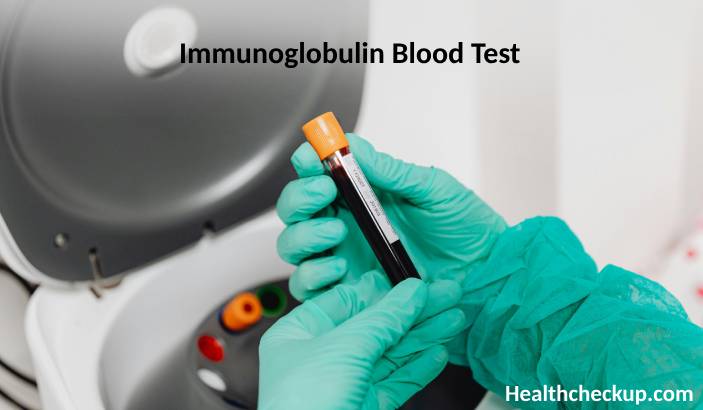Immunoglobulins (Ig), also known as antibodies, are specialized proteins in the blood that play a crucial role in identifying and neutralizing foreign objects like bacteria and viruses. An immunoglobulin blood test measures the levels of various immunoglobulins (IgG, IgA, IgM, IgE, and IgD) to help diagnose a range of health conditions, including immune deficiencies, autoimmune disorders, and infections.
Purpose of Immunoglobulin Blood Test
- Diagnosing Immune Disorders: The test is essential for diagnosing conditions that affect immune system function, such as immunodeficiency disorders where there is a lack of one or more immunoglobulin classes.
- Monitoring Immune System Health: It helps in assessing the immune system’s ability to respond to pathogens by producing antibodies.
- Detecting Autoimmune Diseases: High levels of certain immunoglobulins can indicate autoimmune disorders, where the immune system mistakenly attacks healthy tissue.
- Evaluating Allergic and Infectious Diseases: Particularly with IgE, which is elevated in allergic reactions and some parasitic infections.
Preparation for the Test
- No Fasting Required: Typically, fasting is not required for an immunoglobulins blood test, making it simpler for patients to prepare.
- Medication Review: It is important to inform your healthcare provider about all medications and supplements you are taking, as some may influence immunoglobulin levels.
- Consistent Timing: Try to have the blood drawn at the same time of day for each test if multiple tests are required over time to monitor conditions, as immunoglobulin levels can vary throughout the day.
Procedure of the Immunoglobulin Blood Test
- Blood Sample Collection: Blood is drawn from a vein, usually in the arm. The area is first cleaned with an antiseptic, then a small needle is inserted into the vein to collect blood in one or more tubes.
- Laboratory Analysis: The collected blood is sent to a lab, where it is analyzed to measure the levels of different types of immunoglobulins using techniques like nephelometry, turbidimetry, or immunoassays.
- Duration: The actual blood draw takes only a few minutes, though wait times at the clinic can vary.
Normal Range
- Variation by Type and Age: Normal ranges for immunoglobulins vary by type (IgG, IgA, IgM, IgE, IgD) and age. Each lab report typically includes a reference range based on age and sometimes gender.
- Typical Values: For adults, normal ranges can be roughly:
- IgG: 700 to 1600 mg/dL
- IgA: 70 to 400 mg/dL
- IgM: 40 to 230 mg/dL
- IgE: Variable, often less than 150 IU/mL
- IgD: Usually very low or undetectable
Results Interpretation
- Normal Results: Suggests that the immune system is functioning properly with no evident immunodeficiencies or autoimmune malfunctions related to the immunoglobulins tested.
- Elevated Immunoglobulin Levels: Can indicate various conditions depending on the type elevated. For example, high IgE might suggest allergies or parasitic infections, while high IgG could point to chronic infections or autoimmune diseases.
- Low Immunoglobulin Levels: May reveal an immunodeficiency disorder, suggesting that the immune system isn’t producing enough antibodies to adequately protect the body.
The immunoglobulins blood test helps in diagnosing and monitoring a variety of immune-related health conditions. By quantifying the levels of different types of antibodies, this test provides valuable insights into the functioning and health of the immune system. Understanding the purpose, preparation, and procedure of the immunoglobulin test helps patients and healthcare providers better prepare and respond to the results, ensuring timely and effective management of potential health issues.
I specialize in writing about health, medical conditions, and healthcare, drawing extensively from scientific research. Over the course of my career, I have published widely on topics related to health, medicine, and education. My work has appeared in leading blogs and editorial columns.









